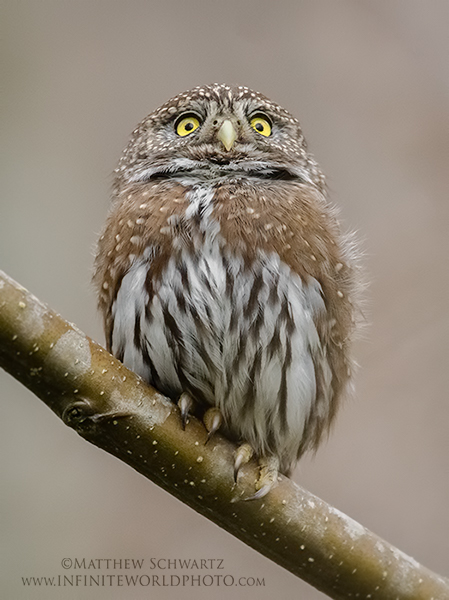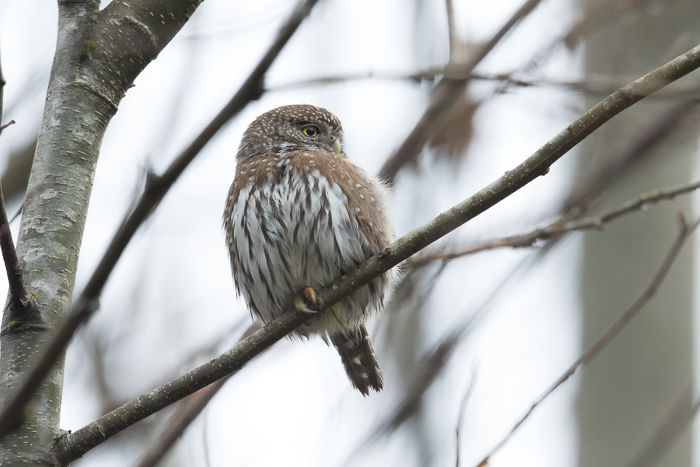One of the most important aspects of a fine art nature image is the background. Any distractions in the background will detract from the subject, as well as from the overall experience and flow of the piece. This includes, but isn’t limited to: shadows, highlights, twigs, stems, plants, rocks, lines, colors, spots, poor-quality bokeh, and prominent circles of confusion (incorrectly referred to as bokeh).
If you compare a photo of a subject that has a clean background, with a photo that is exactly the same, but has distractions in the background, it will be very apparent which image is more visually pleasing and artistic. So, you should not accept anything less than the best. Don’t present images with distractions, when you know it looks better without them.
Not everyone prefers the clean, artistic style of image; some people like more detail in their backgrounds, more indication of the environment. Even if you prefer some detail, you should still avoid excessively distracting elements or harsh lighting in the background – at some point, it moves from being environmental context, to just being a mess.
In my opinion, based specifically on my photographic style and preferences, an image could have perfect light, exposure, sharpness, composition, and all the other factors, but if the background is distracting, it’s a throwaway shot. Most photographers don’t have such stringent standards, however, there is one fact that remains: Distractions are distractions, and they will affect the viewer, regardless of the photographer’s opinion.
There is much to learn about getting clean backgrounds, if that is your goal. So many factors affect the background, such as aperture, focal length, optical quality, distance from camera to subject, distance from subject to background, shooting angle, lighting, and the list goes on. It’s best to practice, experiment, and get experience, so eventually you will be able to know right away if a scenario is going to render a good or bad background.
As a general rule of thumb, the following things will help you get a clean background: the subject being far from background (background becomes more out of focus), using a wide aperture (less depth of field), and using a longer focal length (narrower field of view, smaller piece of the background).


